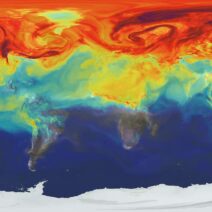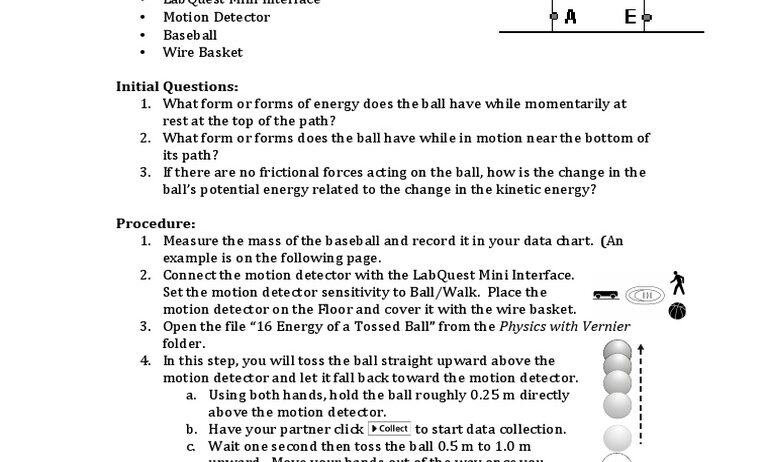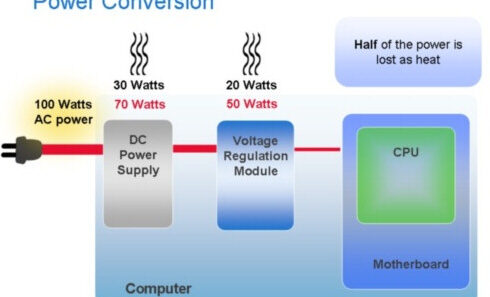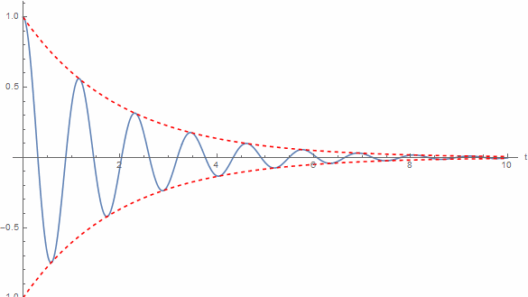The concept of kinetic energy is pivotal in the realm of physics, particularly in understanding motion and energy conservation. In the context of laboratory experiments focused on uncertainty, it is crucial to examine whether kinetic energy is conserved. To explore this topic thoroughly, we will delve into fundamental definitions, types of energy, principles of conservation, and the intricacies of uncertainty in laboratory settings.
Kinetic energy, classically defined, refers to the energy possessed by an object due to its motion. This energy is quantitatively expressed through the formula KE = 1/2 mv², where m represents mass and v represents velocity. Therefore, the kinetic energy of an object increases with the square of its velocity, suggesting that even minor fluctuations in speed can significantly alter the energy status of that object. In the context of an uncertainty lab, examining how kinetic energy behaves under various conditions is paramount.
Understanding energy conservation is equally crucial. The law of conservation of energy states that energy in a closed system remains constant; it cannot be created or destroyed, only transformed from one form to another. This principle is particularly relevant in experiments designed to measure kinetic energy and its variances. When objects collide or interact, kinetic energy can convert into other forms of energy, such as potential or thermal energy. This interconversion raises essential questions about measurement accuracy and the impact of external variables.
In analyzing kinetic energy conservation within the laboratory framework, one must consider the types of systems involved. Closed systems, in which no external forces or energy can alter the total energy, typically provide the clearest demonstrations of kinetic energy conservation. Conversely, in open systems, where external forces such as friction or air resistance come into play, kinetic energy may not appear conserved. Due to these external influences, experiments must account for various uncertainties that can skew results.
To further elucidate this topic, consider a typical lab experiment where a ball rolls down a ramp. The initial gravitational potential energy (PE) at the top of the ramp is converted into kinetic energy as the ball descends. Ideally, assuming no energy loss, the total mechanical energy should remain constant throughout the descent. However, practical observations often reveal discrepancies. Factors such as friction between the ball and ramp, air resistance, and measurement inaccuracies can lead to a noticeable deviation from expected kinetic energy values.
These uncertainties are inherent in experimental setups, thus necessitating meticulous calibration of measuring instruments and methodologies. For instance, stopwatch timing inaccuracies and measuring distance with a ruler introduce potential errors. Calibration against known standards can minimize these uncertainties, yet completely eliminating them remains an elusive goal. Consequently, the conservation of kinetic energy may not hold in precise terms within experimental confines.
Amidst the various sources of uncertainty, it is essential to categorize them into systematic and random errors. Systematic errors arise from flawed experimental design or equipment, potentially skewing results consistently in one direction. Random errors, however, stem from unpredictable fluctuations and can deviate results both positively and negatively. Understanding and quantifying these uncertainties is vital for accurate experimental analysis.
An equally significant aspect within the realm of uncertainty labs is the statistical treatment of results. Data interpretation often requires statistical methodologies to discern integrity in findings. The mean, median, and standard deviation can offer insights into the reliability of measurements, effectively quantifying uncertainties associated with kinetic energy assessments. For instance, if multiple trials yield a kinetic energy value, applying statistical analysis helps ascertain whether variations in results are due to random fluctuations or underlying systematic biases.
In summary, when posing the question, “Is the kinetic energy conserved within your uncertainty lab?”, it is evident that the answer is not straightforward. Theoretically, kinetic energy should conserve within an ideal closed system free from external perturbations. In practice, however, numerous factors contribute to uncertainties that challenge the direct applicability of this principle. Recognizing these complexities is crucial for conducting experiments that authentically reflect the behavior of kinetic energy.
This exploration of kinetic energy conservation also serves as a reminder of the delicate balance between rigorous scientific pursuits and the environmental implications of energy use. As society increasingly grapples with energy conservation, insights garnered from such experiments can inform practices that mitigate energy loss in various applications, reaffirming the relationship between scientific exploration and real-world implications.
Ultimately, understanding the nuances of kinetic energy, particularly within the confines of uncertainty labs, underscores the vital need for precision and critical thinking in the scientific process. It calls upon aspiring scientists to embrace both the mathematics of motion and the philosophy of energy, ensuring that experiments not only teach principled physics but also foster a deeper appreciation for energy conservation in the broader context of environmental stewardship.








